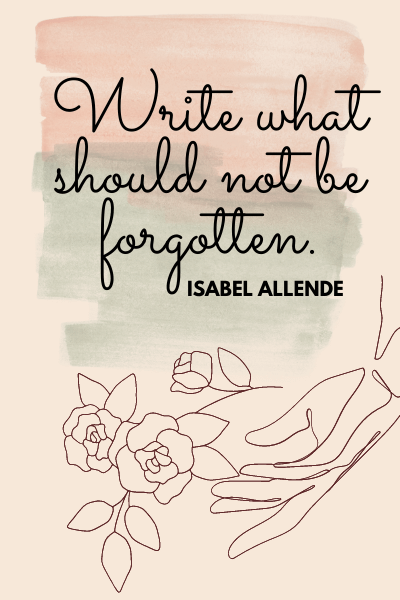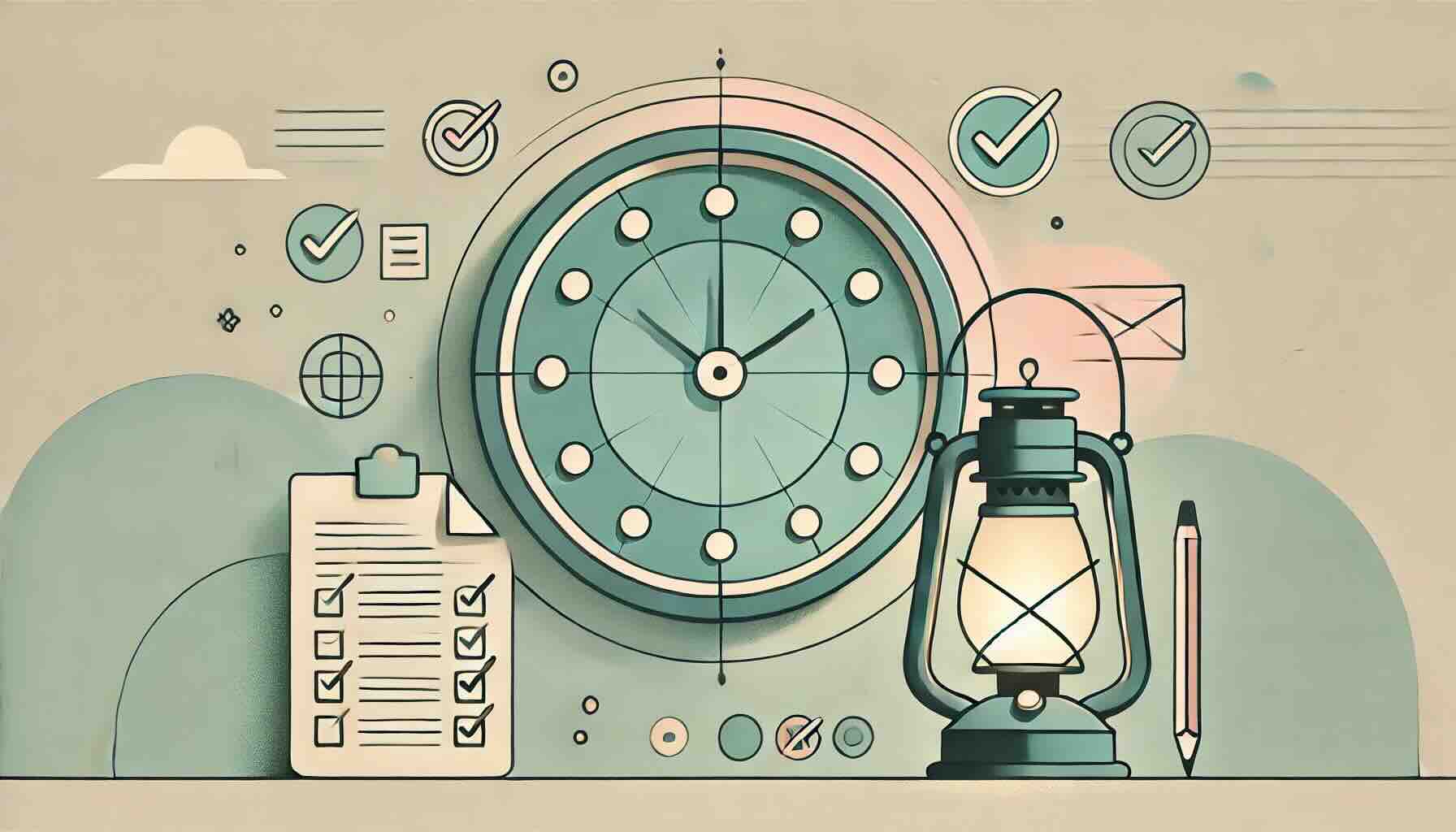As freelancers, we wear many hats — writer, designer, strategist, problem-solver — and sometimes, firefighter. Projects can be smooth and collaborative, but other times, they arrive on our desks like a five-alarm emergency. Suddenly, someone else’s lack of planning has become your deadline.
This situation happens more often than you’d think. A client may sit on a request for weeks, then pass it along with a note that says “urgent” or “needs to be done in three days.” For freelancers who already manage multiple clients, this can feel overwhelming.
The good news? You don’t have to absorb that pressure to remain professional.
Why clients create last-minute pressure
Not every client who hands you “urgent” work is careless. Many small business owners juggle sales, customer service, finances, and team management — all at once. When there’s no system or backup plan, deadlines slip. By the time the task reaches you, it’s already late.
Common reasons this happens:
- Wearing too many hats: business owners handle everything themselves
- Reactive mindset: they respond only when pushed by a vendor or customer
- No internal backup: they rely on one freelancer or one employee for critical work
- Disorganization: it’s not disrespect; it’s simply poor planning
The problem? Their lack of planning creates stress for you — and if you say yes without boundaries, you end up burned out.
The freelancer’s dilemma
Most freelancers want to be dependable. Saying yes feels like the right move: it strengthens relationships, builds trust, and keeps work flowing. But when every urgent project lands on your shoulders, you stop being a freelancer and start being a “safety net.”
That’s not sustainable. You’re not their backup system, and you’re not their only option. You are an independent professional, and part of that role includes protecting your energy, time, and business health.
How to handle client pressure and stay professional
Here’s how freelancers can set boundaries without sounding difficult or unhelpful:
Stick to the facts
Be honest about the timeline. If the client sat on a task for weeks, you can say: “I understand the urgency, but since the request came in earlier and I only received it now, the timeline is compressed.” This frames the reality without blame.
Set clear boundaries
Decide what you can realistically deliver and communicate it upfront. For example: “I can complete 200 entries today and the rest next week.” Boundaries show professionalism, not refusal.
Suggest better processes
Offer improvement without criticism. For instance: “For future time-sensitive tasks, it may help to assign them earlier or share them with backup support so the work doesn’t depend on one person’s availability.”
Remember your role
You’re a freelancer, not their employee. Your responsibility is to deliver quality work within your availability — not to carry the weight of missed deadlines caused by poor planning.
How to avoid freelance burnout from client pressure
When you constantly accept urgent, last-minute projects, burnout becomes inevitable. To avoid this:
- Track your workload: know how many hours you can realistically commit each month
- Protect your schedule: say no to work that pushes you beyond your limits
- Diversify your clients: relying on one inconsistent client makes you more vulnerable to their chaos
- Document agreements: use contracts and Upwork messages to keep expectations clear
The big takeaway
Emergencies happen, but they shouldn’t become the rule. Freelancers thrive in professional relationships where communication, planning, and boundaries are respected. By staying neutral — no blame, no name-calling — you protect your professionalism while reminding yourself of an important truth:
✨ Their poor planning is not your emergency. ✨
When you know how freelancers handle client pressure, you turn chaotic projects into opportunities to reinforce your value, your boundaries, and your professionalism.











































